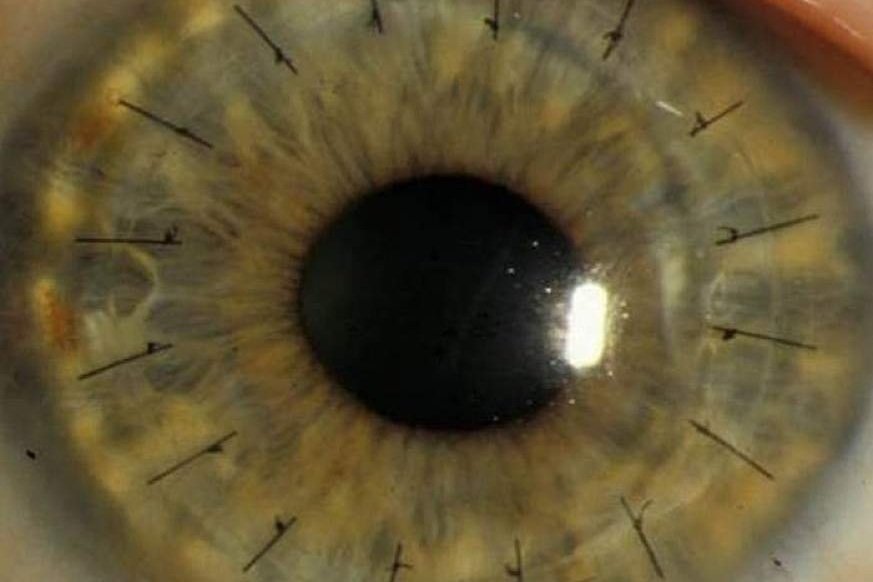
What is a cornea?
The cornea is the clear front layer of the eye, and it is one of the most important parts of the eye for clear vision. Much like the windshield of a car, the cornea serves as a crystal clear barrier that protects the inside contents of the eye while allowing light to enter the eye. A diseased or damaged cornea can cause blurry vision, or even blindness.

Corneal disease
In order to have good vision, your cornea must be clear and smooth. However, millions of people around the world are blind from corneal disease. A cornea may become cloudy due to scarring, infections, trauma, or congenital dystrophies. In some cases, the cornea’s shape becomes irregular (as in the diseases keratoconus or pellucid marginal degeneration). In many cases, corneal transplant surgery can cure blindness caused by corneal disease.

Corneal transplant
In a patient blind or visually impaired from corneal disease, an eye surgeon may be able to restore clear vision through corneal transplant surgery. In this procedure, a patient’s diseased cornea is surgically removed. It is then replaced with a cornea donated after death by a tissue donor. The donated cornea is help in place with sutures. Corneal transplantation is the most common transplant surgery performed in the US each year and has restored vision to millions of patients around the world.

Corneal donation
If someone is registered as an organ and tissue donor, they may be able to donate their corneas when they die. All donated corneas undergo rigorous screening and testing to ensure they are healthy and safe to transplant. For example, all corneal donors are tested for infectious diseases such as HIV and hepatitis. However, even if all infectious disease testing is negative, an FDA policy first issued in 1994 bans corneal donation by any man who has had sex with another man in the preceding 5 years.



